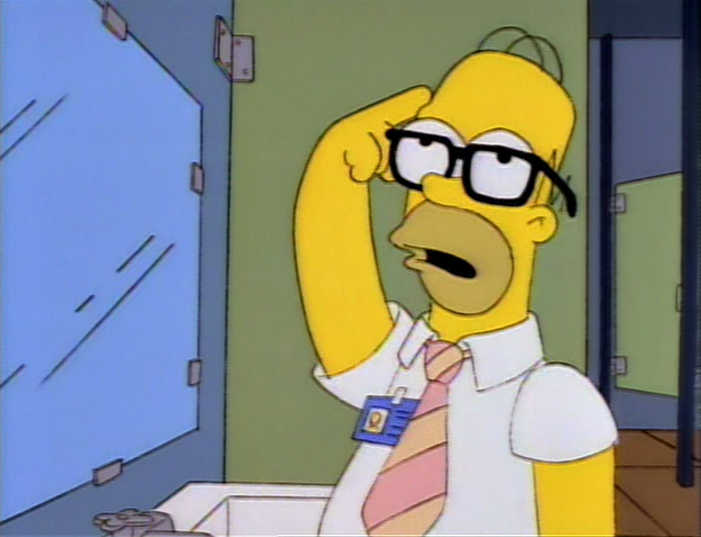Hot on the heels of a dense exploration of the science behind Thor's magical hammer, Wired has published an article applying real-world physics to a climatic scene from The Hobbit. If this story about elves and dwarves and goblins played out in real life, the article explains, the dragon would have killed everybody.
In both J.R.R. Tolkien's novel and, presumably, Peter Jackson's upcoming film adaptation, the dragon Smaug is shot out of the sky with a black arrow. In his article, physics professor Rhett Allain focuses on the movie version of the arrow, which viewers got a glimpse of in The Hobbit: The Desolation Of Smaug. After estimating its length, volume, and mass, Allain performs some calculations based on a flashback from the movie in which a drawf fires a different black arrow at Smaug. Allain concludes that this arrow, at least, moved at a speed roughly equivalent to that of a nerf dart. That's probably not fast enough to help the people of Lake-town defeat Smaug. That's probably not fast enough to help anybody.
After dooming the citizens of Lake-town to death by dragon fire, Allain rubs salt in the wound by explaining why the recoil on the ballista-like contraptions used to fire the black arrows would endanger the lives of anyone who operated them. Slow arrows or not, Smaug is probably still going down in The Hobbit: The Battle Of Five Armies, but the knowledge that the victory isn't rooted in hard science is sure to dampen the triumph. After all, no one watches The Hobbit movies expecting a break from reality.


